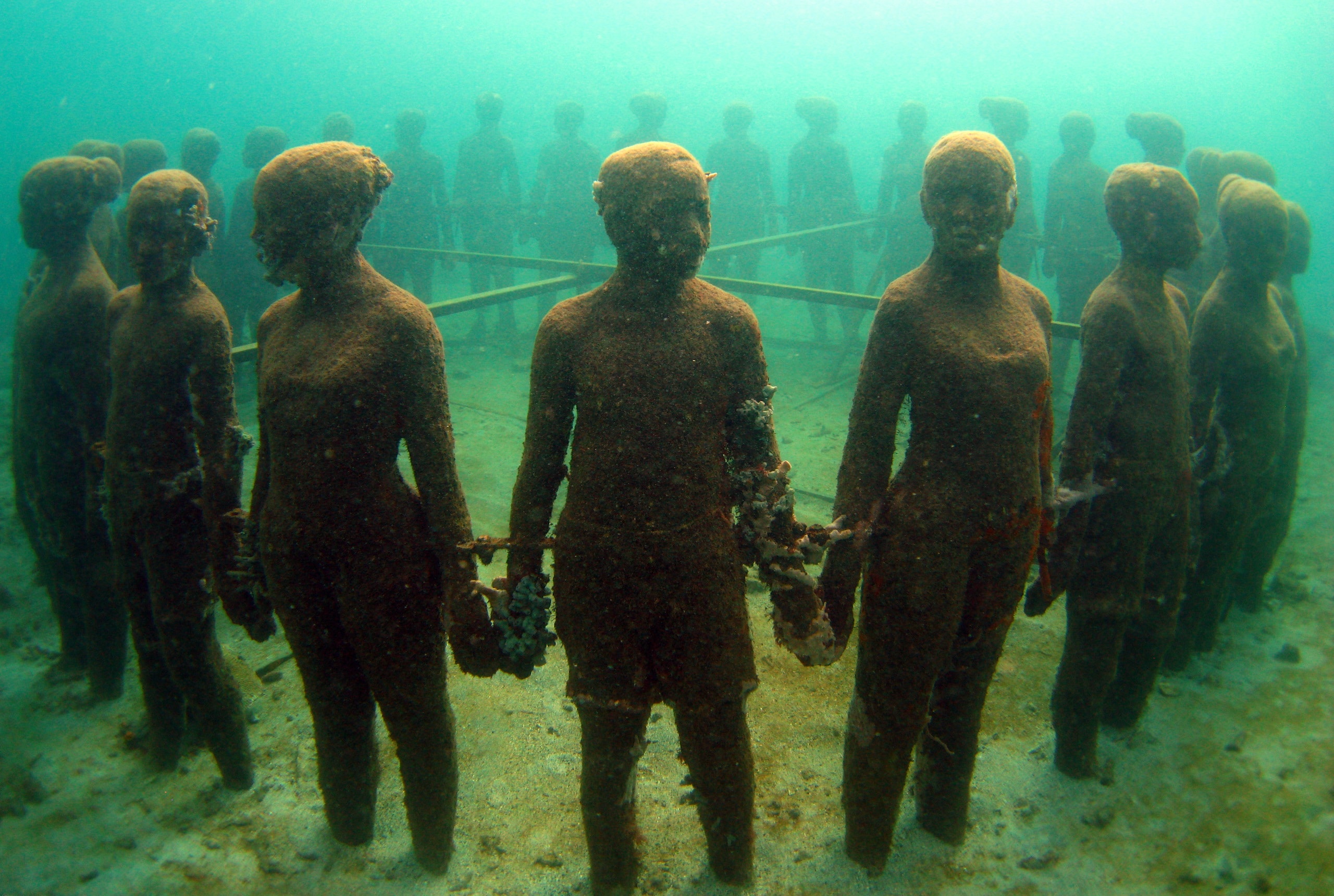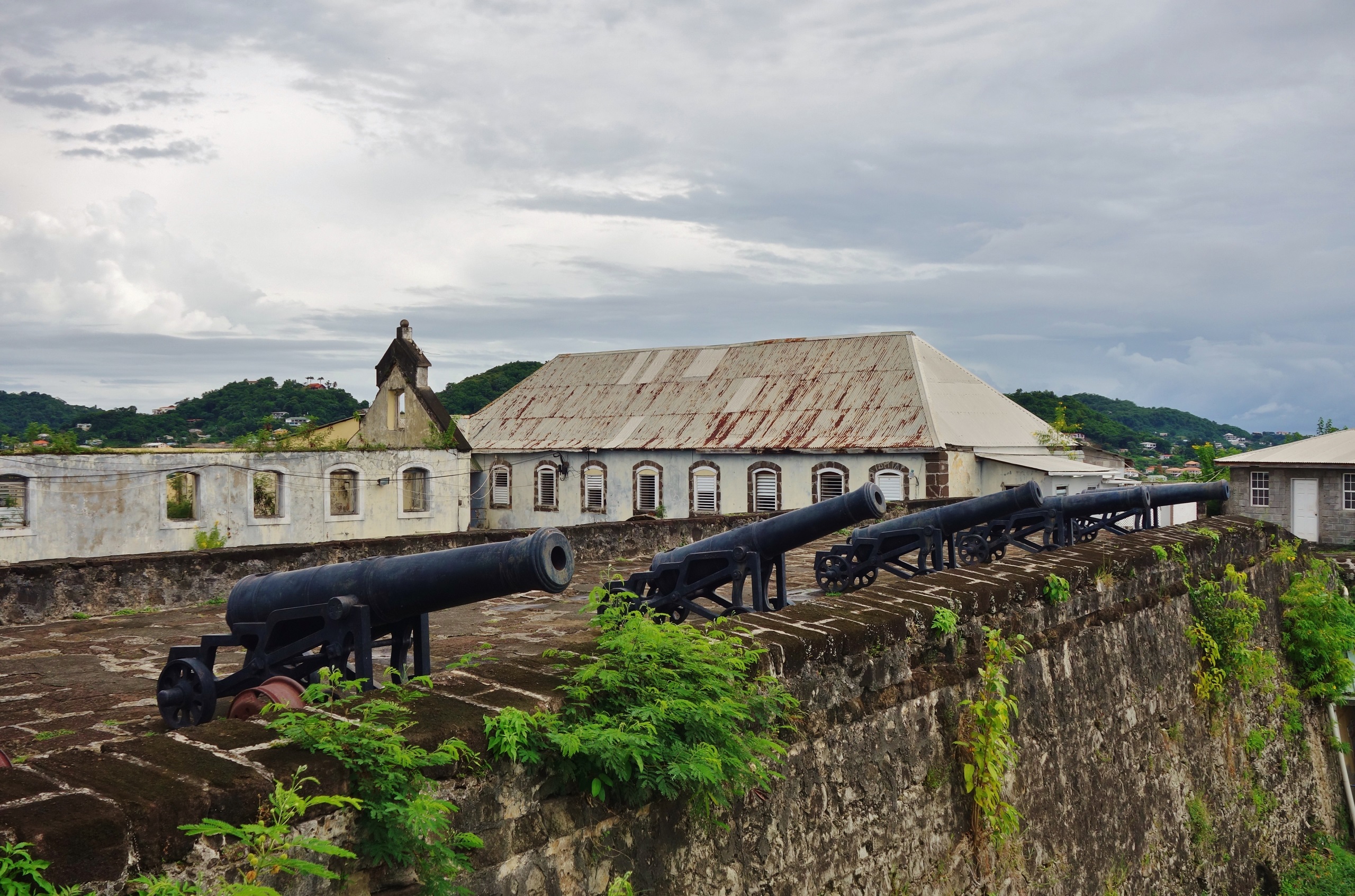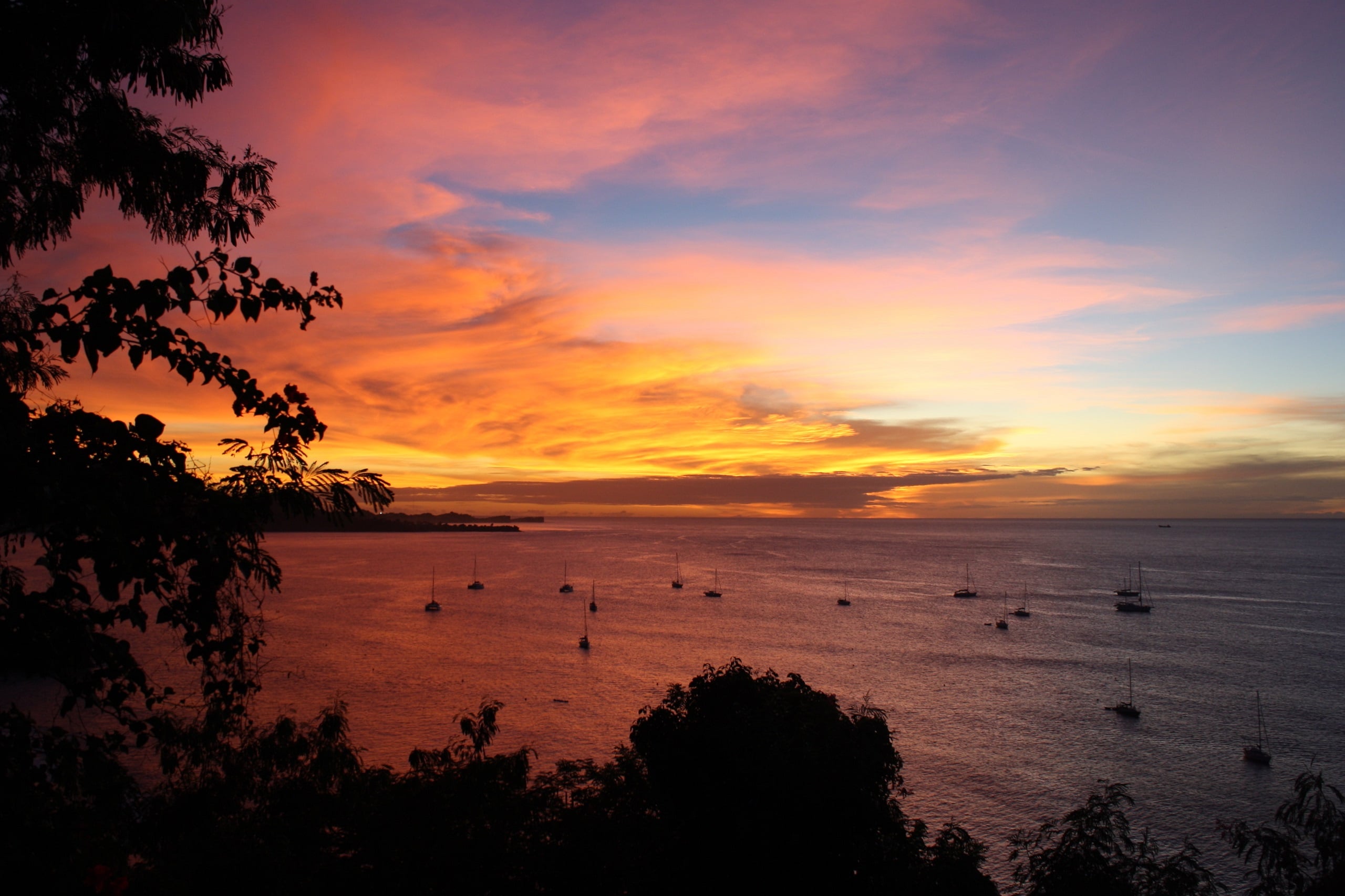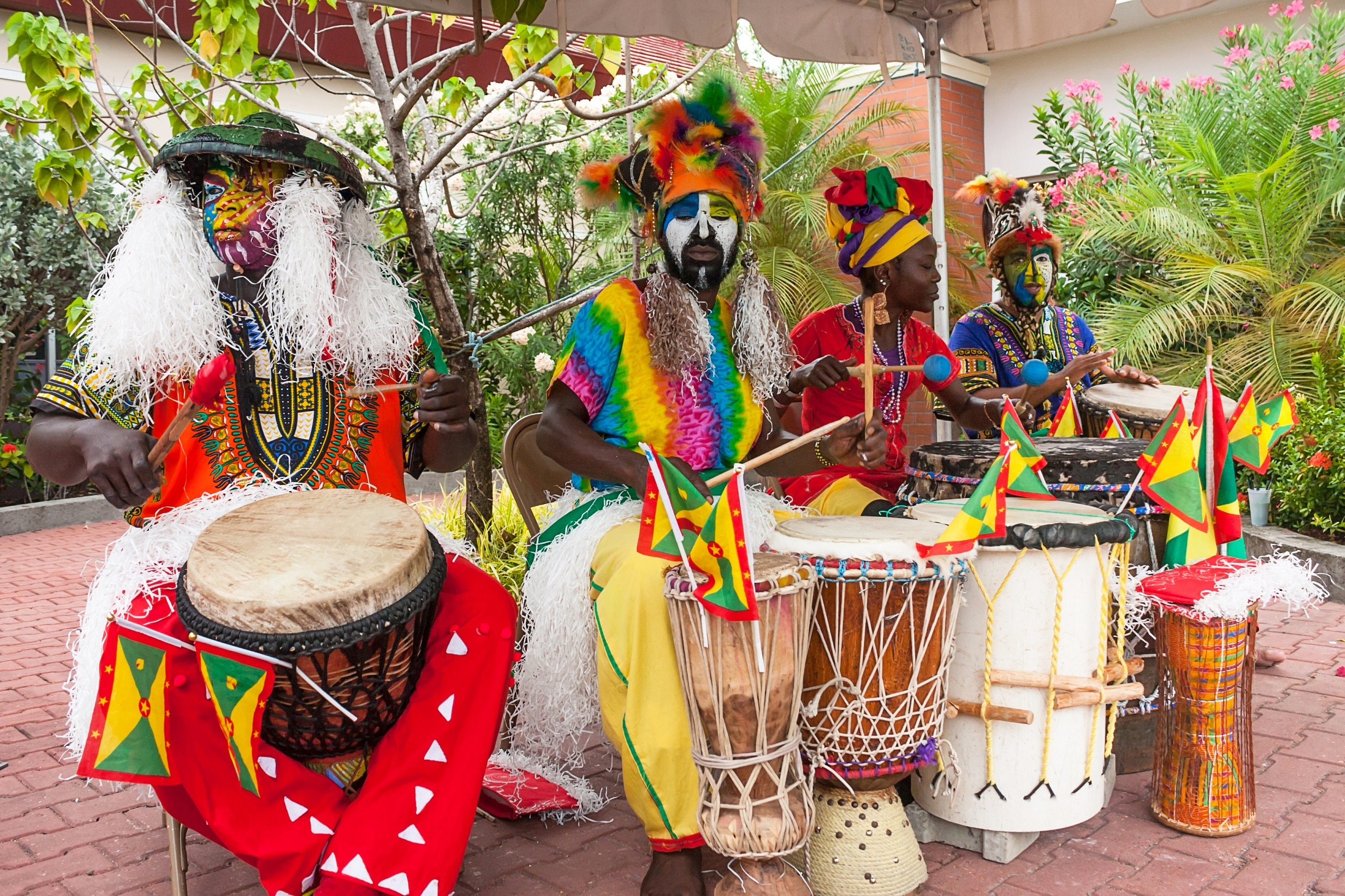Grenada
Basic Information About Grenada:
Population: The population of Grenada is 107,548.
GDP: $ 1 billion (2016)
Grenada is an island country consisting of Grenada itself and six smaller islands at the southern end of the Grenadines in the southeastern Caribbean Sea. The country is well known for nutmeg and mace crop and is referred to as the “Island of Spice.”
In 1649 a French expedition from Martinique founded a permanent settlement on Grenada which then led to a conflict which lasted until 1654 when the island was completely subjugated by the French. Those indigenous people fled to neighboring countries and to remote parts of the island. Grenada was formally ceded to Britain by the Treaty of Paris in 1763. The French re-captured the island during the American Revolutionary War, after Comte d’Estaing won the bloody land and naval Battle of Grenada in July 1779. However, the island was restored to Britain with the Treaty of Versailles in 1783.
Granada earned its independence on February 7, 1974, under the leadership of Eric Gairy, who became the first Prime Minister of Grenada. Tourism is the primary economic driver in Granada especially in the southwest region around St George.
Climate: Grenada has a tropical climate. The dry season runs January-May, and the rainy season runs June-December. The average temperature is 28°C (82°F).
People: 89.4% Afro descendant, 8.2% Mixed, 1.6% East Indians and 0.9% other (includes indigenous)
Religion: About 64% of the populations were Roman Catholic. Other main groups included Anglicans (22%), Methodists (3%), and Seventh-Day Adventists (3%). Other Protestant denominations included Presbyterians, Church of God, Baptists, and Pentecostals.
Capital: St. George’s is the capital of Grenada.
Language: English is the official language.
Currency: The official currency is the Eastern Caribbean dollar (EC$).
Time Zone: UTC-04:00





